#1968 olympics
Text
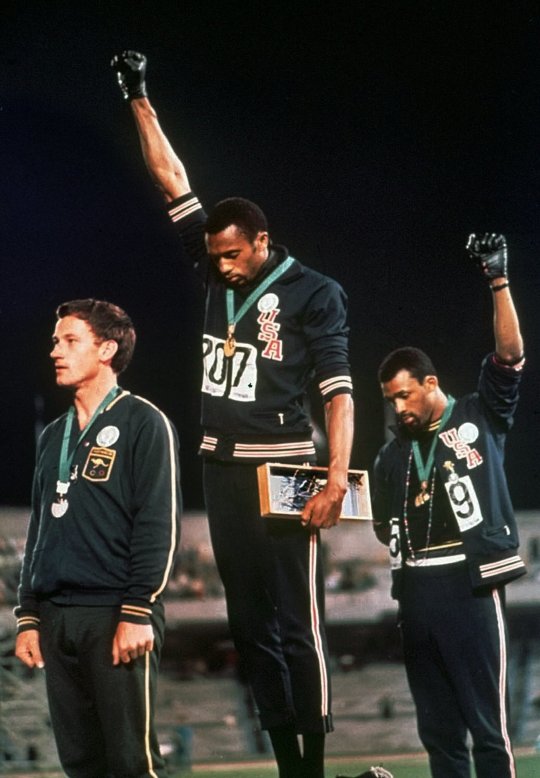
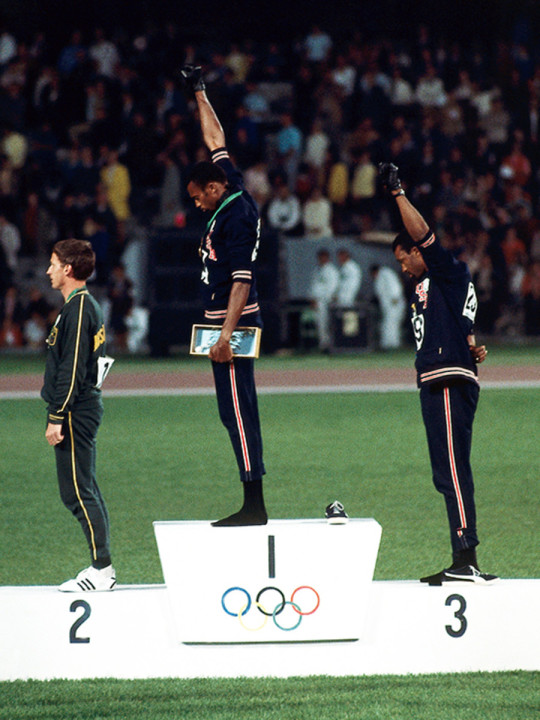
iconic 1968 Summer Olympics moment with Tommie Smith (1st), Peter Norman (2nd), and John Carlos (3rd)
#olympics#1968 olympics#black history month#athlete#john carlos#peter norman#olympic games#1968#track and field#black power#tommie smith
131 notes
·
View notes
Photo

Corporation Street, Manchester.
#power to the people#hair comb#afro comb#black fist#1968 Olympics#black power salute#ethnic minority prime minister#rishi sunak#overlook the fact he's a privately educated hateful careerist culture warrior politically micropenissed billionaire goldman sachs wanker#Manchester
52 notes
·
View notes
Text
Věra Čáslavská


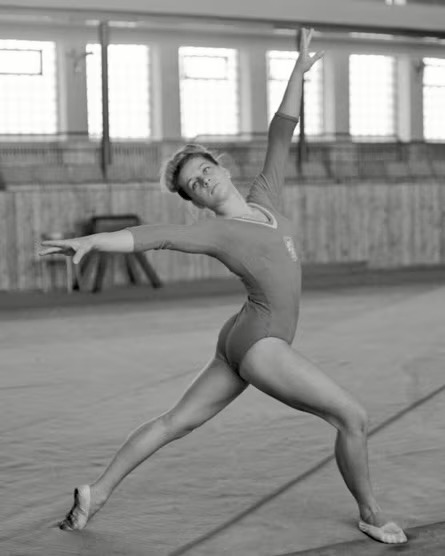

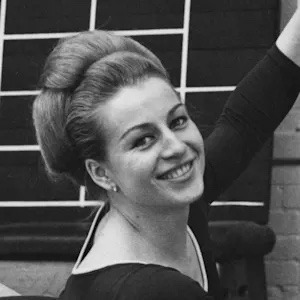

Čáslavská (May 3, 1942 - August 30, 2016) was a Czechoslovak artistic gymnast. She is the second-most awarded female gymnast in the Olympics, with a total of 11 medals.
Before the 1968 Mexico City Olympics, her training facility was lost due to the Soviet led invasion of Czechoslovakia. She was then forced to train alone, in the forest, using logs as beams and potato sacks as weights. Despite her setbacks, she went on to win medals in all six events.
While at the 1968 Mexico City Olympics Čáslavská publicly protested the 1968 Soviet Invasion of Czechoslovakia by silently looking down and away while the USSR’s anthem played.
She was revered by the Czech people and was awarded Czechoslovakia’s Sportsperson of The Year award in 1968. However, due to her protest, she became a persona non grata in the new Czechoslovak regime, and was forced to retire, also being denied the ability to travel and work.
21 years later, after the Velvet Revolution, Čáslavská’s status had improved and she became the President’s adviser on sports and social matters. Her story is that of resistance and resilience in times of hardship, she was a Czech icon whose protest should never be forgotten.

#Vera Čáslavská#vera caslavska#gymnastics#gymnastics history#gymnast#olympics#1968 olympics#czechia#czechoslovakia#czech history#czechoslovak#resistance#eastern europe#olympic history#Věra čáslavská
0 notes
Quote
"Man, I didn't do what you guys did." He said, "But I was there in heart and soul to support what you did. I feel it's only fair that you guys go on and have your statues built there, and I would like to have a blank spot there and have a commemorative plaque stating that I was in that spot. But anyone that comes thereafter from around the world and going to San Jose State that support the movement, what you guys had in '68, they could stand in my spot and take the picture."
The White Man in the Photo of the Black Power Salute at the 1968 Olympics
1 note
·
View note
Text
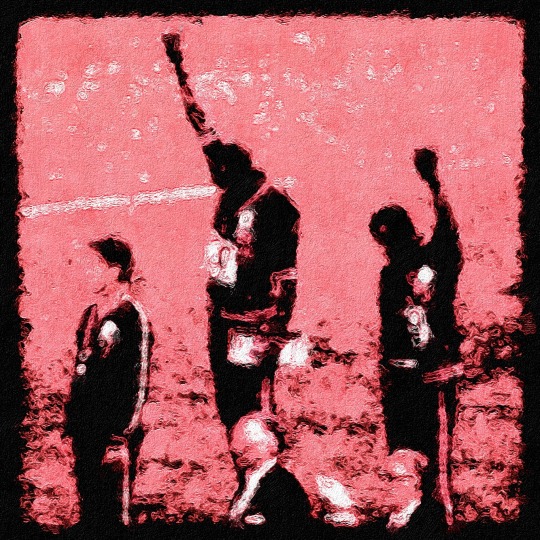

1 note
·
View note
Text

Audrey Hepburn and her good friend Doris Brynner at Chamrousse for the Winter Olympics near Grenoble on 5 February 1968
#audrey hepburn#old hollywood glamour#old hollywood#fashion#classic#vintage#photography#style#1968#1960s#doris brynner#winter olympics
102 notes
·
View notes
Text

Peggy Fleming in Geneva for the World Figure Skating Championships, 1968. Photographed by Jack Garofalo.
#love the photos of her in geneva on that olympic champ/america’s darling high#and those lamps ofc#peggy fleming#1968#1960s#jack garofalo#i’m full of typos tonight sorry i took multiple naps#lamps
228 notes
·
View notes
Text

18 notes
·
View notes
Text
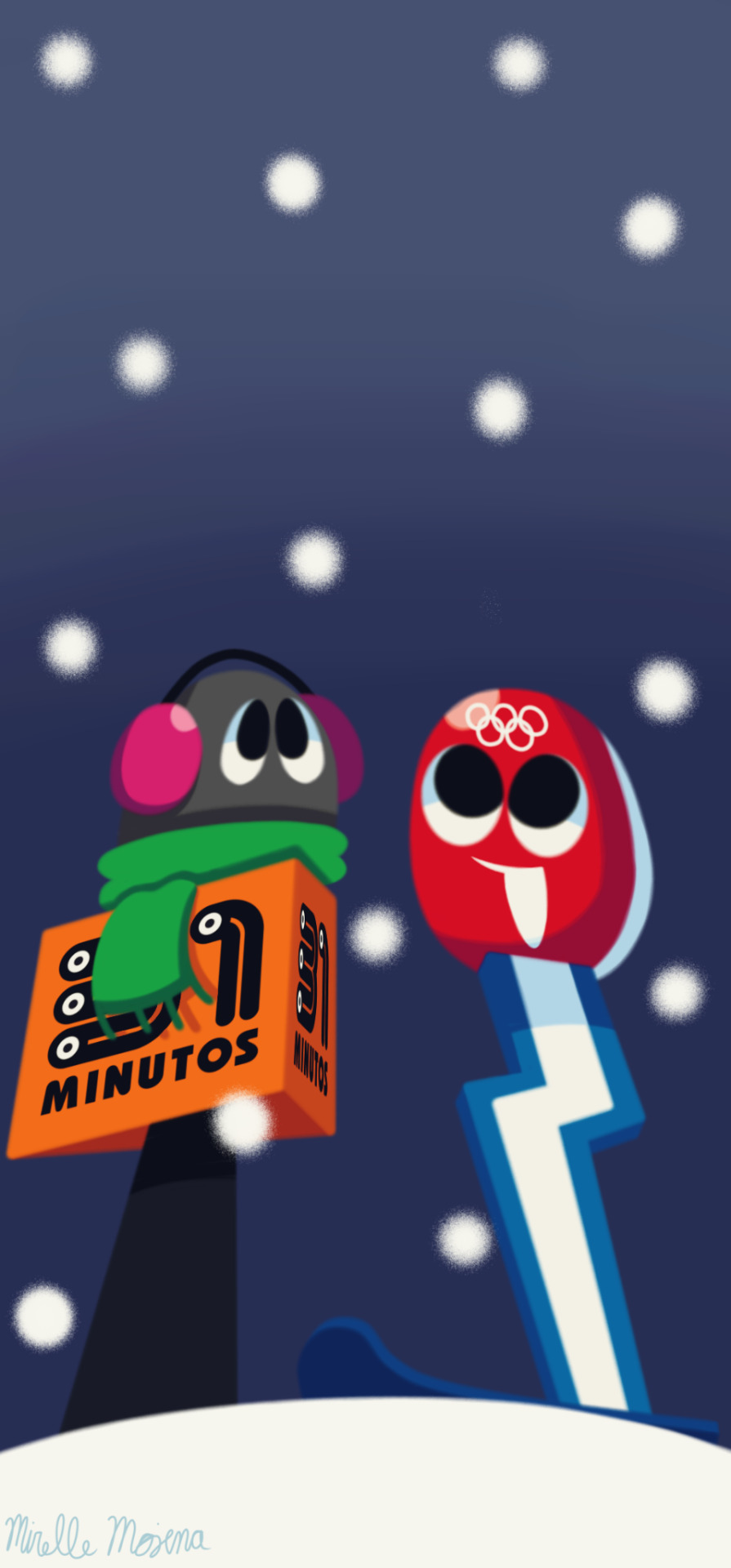

winter night
#31 minutos fanart#31 minutes#31 minutos#grenoble 1968#olympic mascot#olympic mascots#mascotverse#schuss#cuddles' art
50 notes
·
View notes
Text

"Libertador Miguel Hidalgo" Olympic Village in Mexico City, Mexico
Mexican vintage postcard, mailed in 1968 to Paris
#vintage#1968#hidalgo#tarjeta#libertador#olympic#briefkaart#postcard#photography#postal#carte postale#sepia#mexico#ephemera#historic#mexico mexican#paris#ansichtskarte#olympic village#postkarte#mexico city#mexican#village#city#libertador miguel hidalgo#mailed#postkaart#miguel#photo
4 notes
·
View notes
Photo
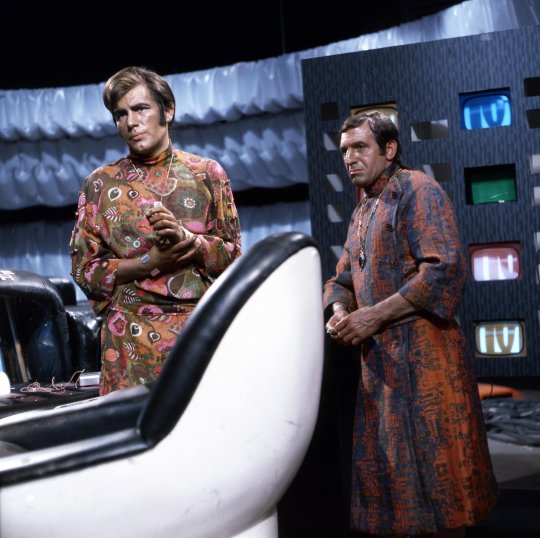
Brian Cox and Leonard Rossiter, Theatre 625, "The Year of the Sex Olympics" (UK, 1968).
#science fiction#television#play#Brian Cox#Leonard Rossiter#The Year of the Sex Olympics#Nigel Kneale#Theatre 625#UK#1968
101 notes
·
View notes
Text

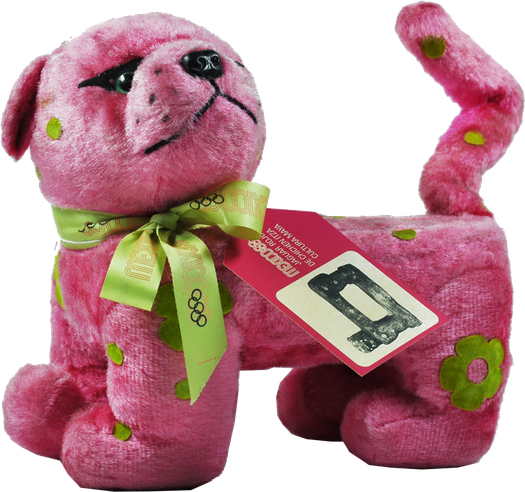
Beijing 2022 was the first time a city has hosted both a Winter and a Summer Olympics (which the city hosted in 2008). It was also the first time in Olympic history that the Olympic Games were held in consecutive years, because of the pandemic-related delay of the Tokyo 2020 Games to 2021. Beijing 2022 also marked both Haiti and Saudi Arabia's Winter Olympics debuts.
Mexico City 1968 was the first Olympics held in Latin America, the first in a Spanish-speaking country, and the Summer Games held at the highest elevation (at 2,240m/7,350ft). At these Games, American runners John Carlos and Tommie Smith (with support from fellow medalist, Australian Peter Norman) protested on the podium during their medal ceremony. Smith and Carlos held their black-gloved fists in the air to bring light to racial discrimination and violence against Black people.
#I have Thoughts about the president of the IOC during the 1968 Games but none of them are revolutionary or surprising so I'll refrain lol#(don't let that influence your vote; this is about the cute lil guys in the pictures)#if i do a poll about IOC presidents though.... the gloves are coming off#mascots#olympics#tournament#poll#design#round two
7 notes
·
View notes
Text
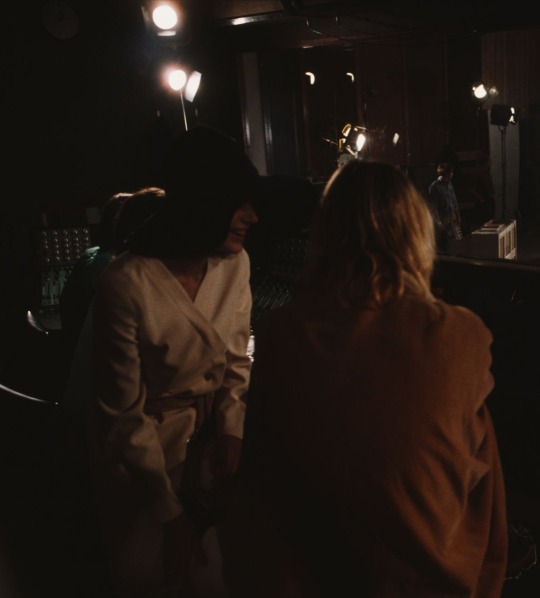
Marianne Faithfull and Anita Pallenberg during the Rolling Stones "Sympathy For the Devil" sessions at Olympic Studios, 1968.
11 notes
·
View notes
Text
Silent Protest from Tommie Smith & John Carlos at the 1968 Olympics Mexico. ✊🏿
#black history#black history month#trillnoir#black stories#black power salute#digital art#art#glitché#yamnbananas#puma#olympics#1968#mexico#civil rights movement#racial equality#more than a athlete#life is art#Tommie smith#John Carlos
6 notes
·
View notes
Photo
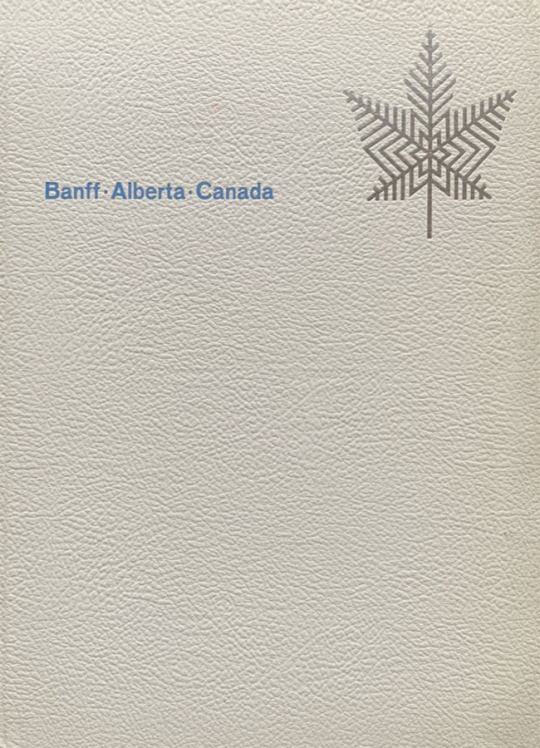
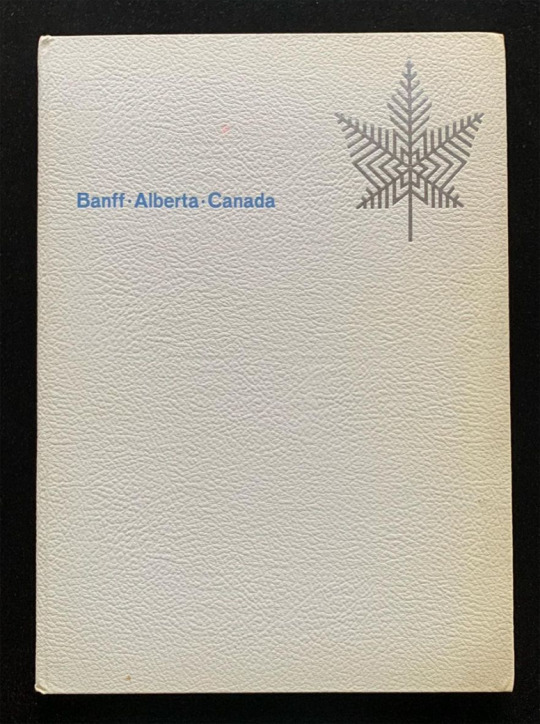






Banff Alberta Canada – Calgary pose sa candidature pour les Jeux Olympiques d'Hiver de 1968 / Calgary applies for the X Olympic Winter Games 1968 / Calgarys Kandidatur für die X Olympischen Winterspiele 1968, n.p., 1962 [Olympic World Library, Lausanne]
(via typoswiss)
20 notes
·
View notes
Text
The auditory version of the blank sheet is, of course, silence. Protesting wordlessly was a technique employed by Black Americans in July 1917, when an estimated 10,000 citizens, organized by religious groups and the NAACP, marched down Fifth Avenue in Manhattan to protest racial violence and discrimination. As the New York Times reported, “Those in the parade represented every negro organization and church in the city. They marched, however, not as organizations, but as a people of one race, united by ties of blood and color, and working for a common cause.”
In September 1968, tens of thousands of students staged a silent march calling for greater democracy in Mexico. Contradicting the Mexican government’s accusations that they were resorting to violence, the students protested by simply carrying flags. (Around this same time, civil rights activists in the United States wielded flags with similar goals in mind.) “You’re taking the symbols of the regime and exposing the illegitimacy of the regime at the same time,” says David Meyer, a sociologist at the University of California, Irvine.
Other protests have employed more obvious symbols of repression, including handcuffs, blindfolds and gags. The last of these became widespread as a political prop following the trial of the Chicago Seven (originally eight), antiwar protesters who were charged with inciting a riot at the 1968 Democratic National Convention in Chicago. During the 1969 trial, the judge ordered defendant Bobby Seale to be gagged and chained to his chair.
Decades before football player Colin Kaepernick created a stir by kneeling during the national anthem, Black athletes silently used their status to fight oppression. At the awards ceremony for the 200-meter dash at the 1968 Summer Olympics in Mexico City, medalists Tommie Smith and John Carlos each raised a clenched gloved fist in a call for global human rights.
The operating theory behind silent protests is that when the cause is clear and righteous, there’s no reason to yell about it—a principle demonstrated by more recent examples of silent protests, too. In 2009, a peaceful rally in Iran against unfair elections ended in gunfire and explosions. To vent their fury, hundreds of thousands of Iranians met at Tehran’s symbolic central roadway, Islamic Revolution Street, and marched quietly to Freedom Square, hoping to avoid a police crackdown. In 2011, protesters in Riyadh, Saudi Arabia, stood quietly in solidarity with activists detained without trial by the country’s regime. Multiple times in Hong Kong, lawyers have marched in silence to protest Beijing’s incursions into the city’s constitution and legal affairs.
— The History Behind China's White Paper Protests
#suzanne sataline#the history beyond china's white paper protests#history#totalitarianism#oppression#politics#protests#silent protests#silent parade#mexican movement of 1968#chicago seven#1968 olympics black power salute#2009 iranian presidential election protests#2011-2012 saudi arabia protests#2019-2020 hong kong protests#usa#african americans#mexico#iran#saudi arabia#hong kong
4 notes
·
View notes